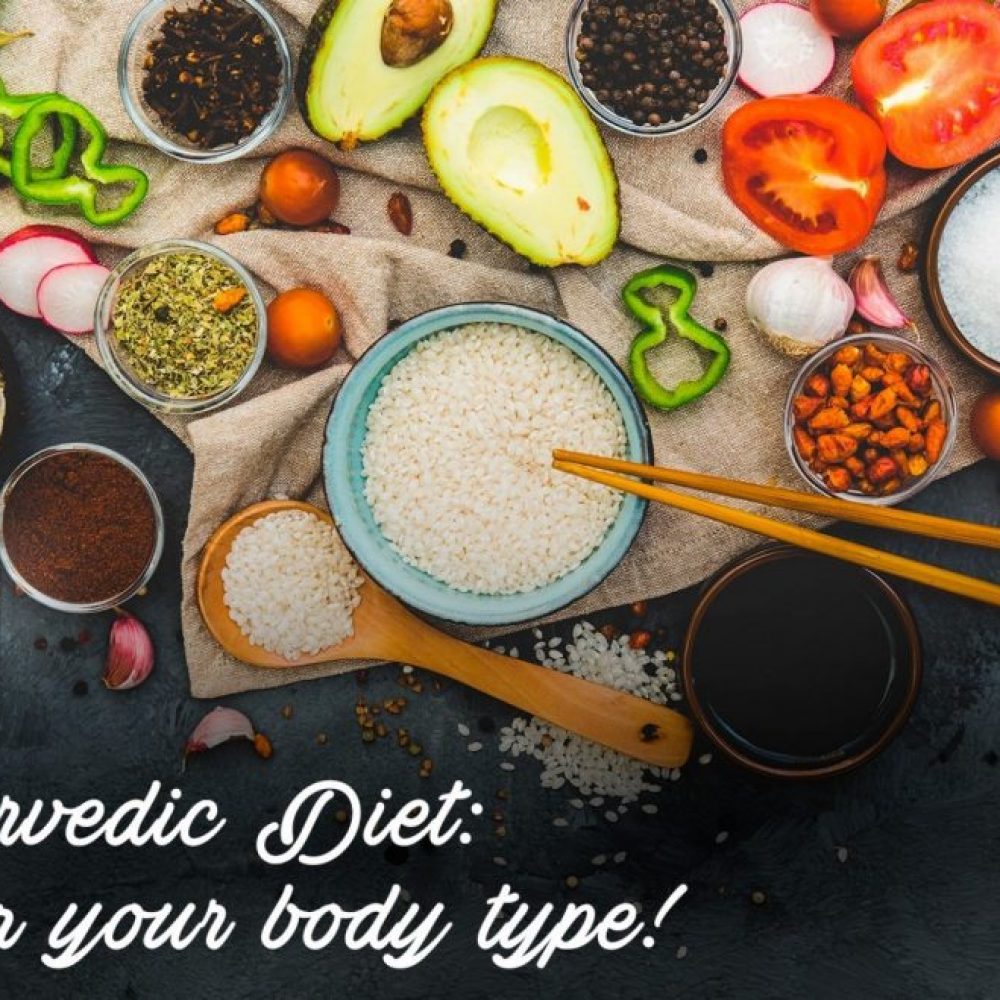Ayurveda is a natural therapy that was created more than 5,000 years ago. This diet originated in India, but in recent years due to the rise of complementary and alternative medicine, Ayurveda has been spreading all over the world, as stated by the World Health Organization.
Ayurveda’s purpose is to help people live long, healthy and balanced lives, without the need for medication, surgeries or painful ailments. As noted in a study from the University of Maryland, Ayurveda can treat inflammatory, hormonal, digestive and immune conditions.
This therapy is based on a healthy diet, lifestyle changes, stress relief and using different herbs to restore balance in the body. Also, it is based on the belief that all diseases are the result of mixing between the three doshas, which are ways to categorize the three types of energy in the body known as: Vata, Pitta and Kapha.
- Vatas usually have a thin frame, are light, perform activities quickly, are enthusiastic and have a large imagination, character and changing energy. The air element predominates the Vata dosha.
- The fire element predominates the Pitta dosha. Pittas have an athletic build, with a tendency to get irritated and angered easily, with pale or reddish freckled skin, an aversion to the sun, entrepreneurial spirit, and blonde, light brown or reddish hair.
- Kaphas have a solid powerful build, steady energy, a relaxed personality, and a tendency toward obesity. The earth and water elements predominate the Kapha dosha.
By balancing the three Doshas to prevent one energy from becoming too dominant, Ayurveda frees us from stress, helps us cope with changes and keeps our bodies healthy.
General guidelines of Ayurveda
The Ayurvedic diet is based on consuming a large variety of nutrient-dense plants and foods. These include fresh herbs, spices, vegetables, healthy fats, foods with high amounts of antioxidants, proteins and teas.
Likewise, the general guidelines of Ayurveda are to eat fresh foods that are easy to digest and not too hot, always taking into account different variables such as a person’s customs, traditions and origins.
- For Vata dosha, you should focus on eating food that is very nutritious, cooked, warm, moist and mildly spiced, with spices such as coriander and thyme. Vatas can eat dairy products, chicken and turkey meat, fish and fruits (they can be cooked) such as oranges, bananas or apricots.
- For Pitta dosha, you should eat food that is cooling, sweet, bitter and astringent, with little spice. Asparagus, broccoli, cabbage, leafy greens, zucchini, apple, pear, chickpeas, and olive, sunflower and soybean oils are recommended foods.
- For Kapha dosha, you should focus on eating food that is light, dry, warm, spicy, bitter and astringent. This diet should be rich in vegetables. Avoid dairy and salt. Eggplants, lettuce, broccoli, potatoes, lentils and ginger are recommended.
For the Ayurvedic diet, routine is very important, always keeping the same schedule. Likewise, it will vary depending on the season of the year. In autumn, the Vata diet is recommended. During the winter and until early spring, you should eat a Kapha diet. From the end of spring and during the summer, the Pita diet is recommended.
If you are interested in this type of nutrition, we recommend you go see a specialist who will analyze your body type. They will give you recommendations for the most appropriate diet for your dosha.
